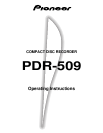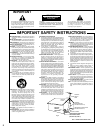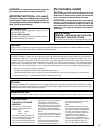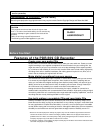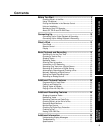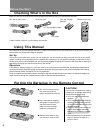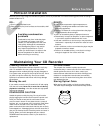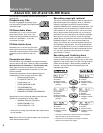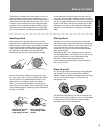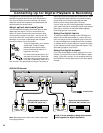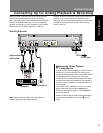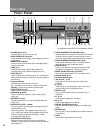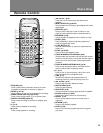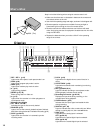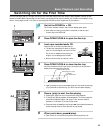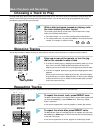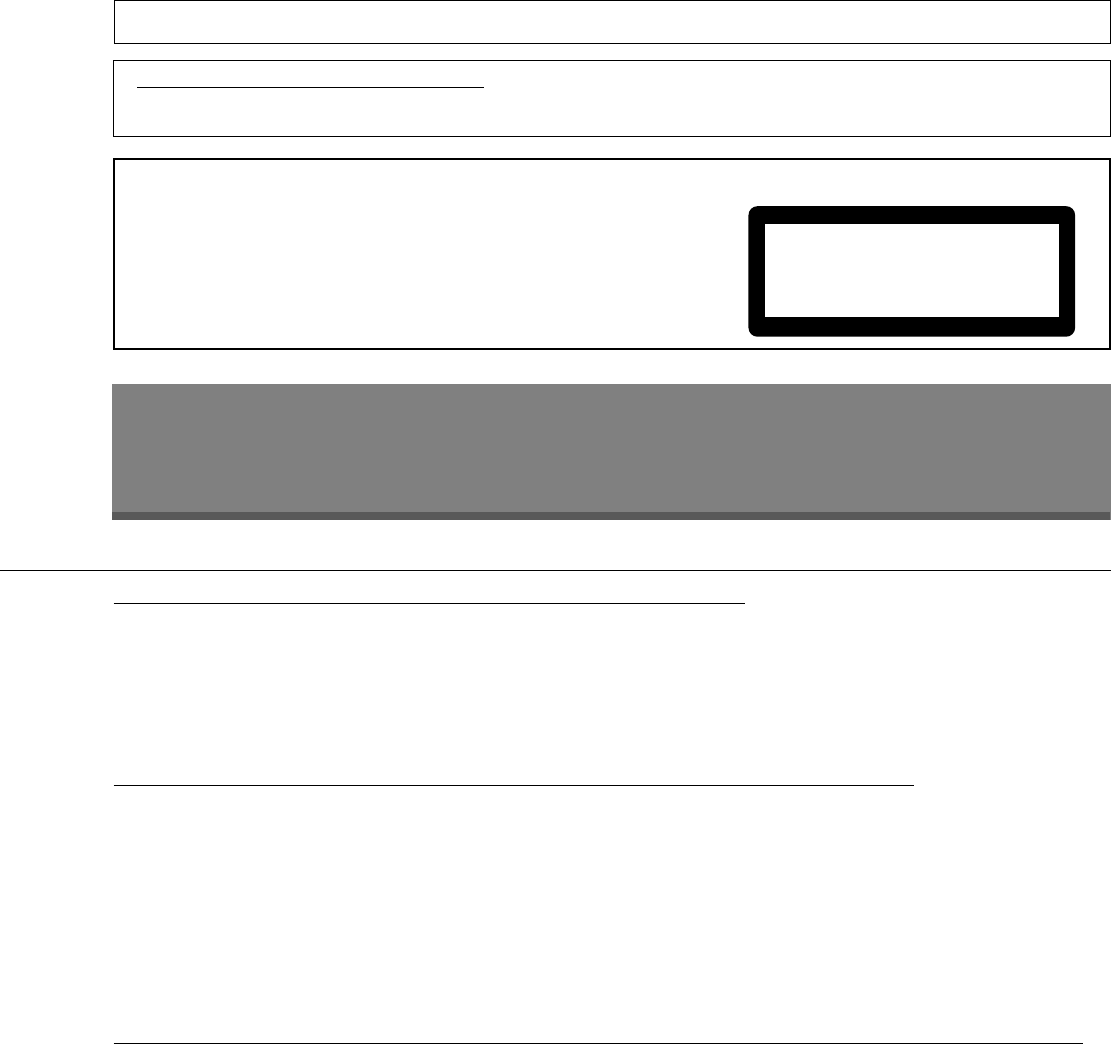
4
Features of the PDR-509 CD Recorder
Create your own audio CDs
At last, there's a convenient and affordable way to make your own audio
CD
s. Create your own
original recordings, or put together compilations of favorite tracks from your existing
CD
s. You
might also want to put your vinyl collection on to
CD
to take advantage of the superior portabil-
ity, convenience and durability of
CD
s over vinyl records. Other uses include making high-quality
recordings from radio or satellite broadcasts, and making personal copies of
CD
s,
MD
s, etc. to
leave in the car, keeping the originals safe at home.
Make digital recordings from any source
The PDR-509 can accept digital input via optical or coaxial cable, meaning that you can connect
it to almost any other digital audio component. Also, thanks to the built in sampling rate con-
verter, you can make direct digital recordings from satellite (usually 32kHz),
DCC and DAT (up to
48kHz), as well as CD and MD (both 44.1kHz). A sampling rate converter ‘through’ feature (for
44.1kHz sources only) enables you to record
HDCD and DTS encoded CDs, too.
Analog sources are also provided for with the analog line inputs, suitable for connection to
standard audio components such as cassette decks and turntables. High-quality analog-to-digital
conversion, paired with
CD's excellent dynamic range and broad frequency capabilities, results in
recordings that are virtually indistinguishable from the original.
Use both ordinary recordable CDs and rewritable CDs
Ordinary recordable CDs (CD–R) can be recorded on just once, but the relatively cheap cost of
blank discs and the ability to play the recorded discs on any ordinary
CD player* make them ideal
for many applications. Compact Disc Rewritable, or
CD–RW, is a more recent type of recordable
CD
that allows erasing and re-recording of the disc. Although the blank discs are more expensive,
this ability to use the discs over and over gives them the edge in terms of flexibility over
CD–R**.
** Before
CD
–
R
s can be played on ordinary
CD
players, they must be 'finalized' (a process that fixes the
contents of the disc so that no further recording is possible). While most
CD
players should have no
problems with
CD
–
R
discs, if the laser pickup is dirty (from prolonged exposure to tobacco smoke, for
example), the player may not be able to read some
CD
–
R
discs.
** At the time of writing, most ordinary
CD
players cannot play
CD
–
RW
discs. Check in the instructions that
came with the player for compatibility.
INFRINGEMENT OF COPYRIGHT [For U.K. model]
Recording and playback of copyrighted material may require consent. See the Copyright Design and Patent Act 1988.
[For U.K. model]
CAUTION
This product contains a laser diode of higher class
than 1. To ensure continued safety, do not remove any
covers or attempt to gain access to the inside of the
product.
Refer all servicing to qualified personnel.
The following caution label appears on your unit.
CLASS 1
LASER PRODUCT
Location: Rear of the unit.
This product complies with the Low Voltage Directive (73/23/EEC), EMC Directives (89/336/EEC, 92/31/EEC) and CE Marking
Directive (93/68/EEC).
Before You Start



